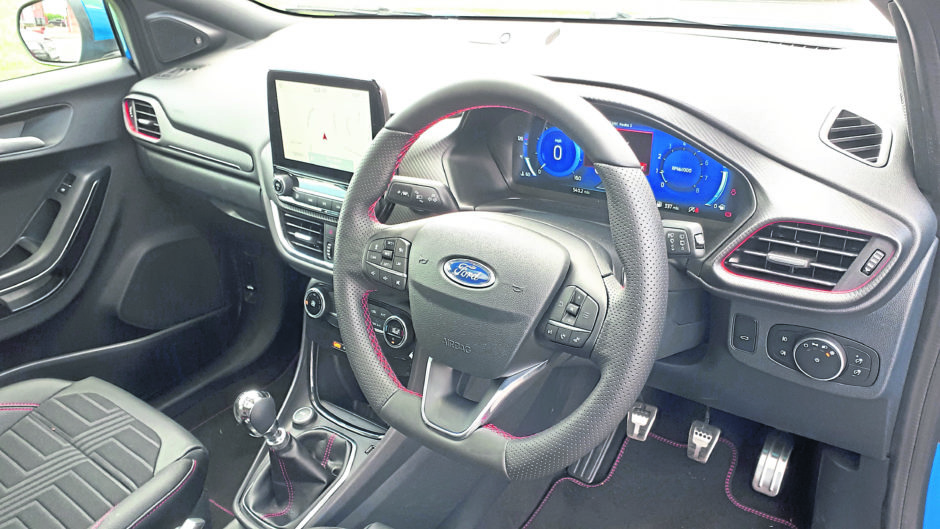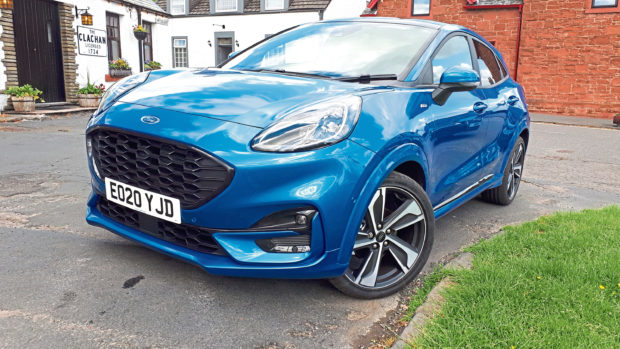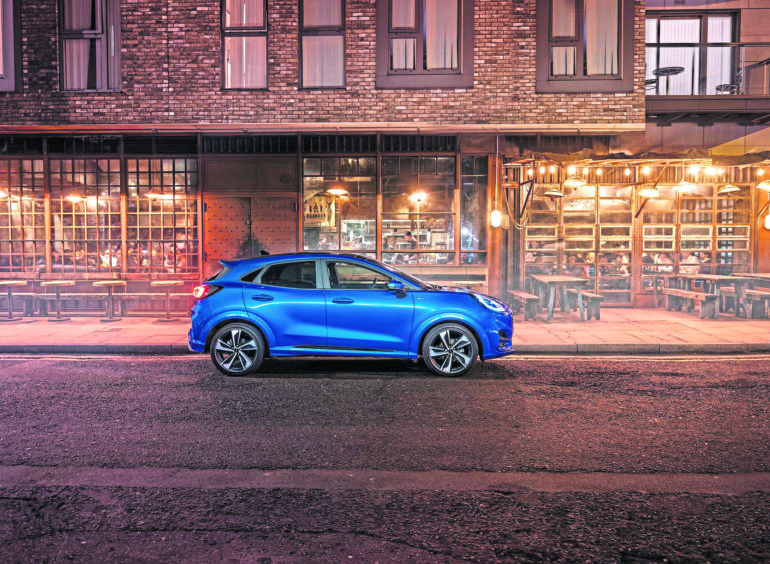I’m always intrigued by the names manufacturers decide to give their cars.
Sometimes they’re exotic like the Porsche Cayenne, VW Touareg or Vauxhall Grandland; down-to-earth like the Land Rover Defender or an assortment of numbers as in Mazda2, Volvo XC60 or Audi A3.
They’re designed to create the desired image but like beauty, it’s not just in the eye of the beholder but also in the interpretation. In other words it can mean whatever you want.

Take the new Puma from Ford which from its name you’d think would be something pretty fearsome.
You might remember the previous version – a small front-wheel-drive coupe in the 1990s which had quite dramatic styling for the time and the name helped fit the sporty image the designers were trying to project.
Unfortunately, it didn’t quite work, partly because it didn’t have the bite that was hoped for, and after five years of disappointing sales, it sank into history almost 20 years ago.
Now Ford in its wisdom has decided to give the name another go but attaching it to a different kind of beast to see if it can do better there.
It’s now a small SUV based on the Fiesta hatchback and is aimed at some of the impressive competition which has appeared in recent years with the equally unusually named likes of the Skoda Kamiq, the T-Cross from VW, Nissan’s Juke, and from France, the Peugeot 2008 and Renault Captur.
They’re all in the same ball-park price-wise but one distinctive and quirky feature of the Puma is the digital big cat which leaps up on the dash display when you press the start button… and again when you switch off.

It’s purely a fun feature, but the fearsome image of the largest of the small big cats doesn’t quite fit with what looks and feels like a pretty tame addition to the Ford range.
It’s a car Ford fans have been waiting for – a more updated and refined version of the EcoSport which until now was the only small model on offer against the rivals without moving up to the larger Kuga.
What is different with the Puma is its introduction of 48-volt mild-hybrid technology to a 1.0-litre three-cylinder petrol engine. The test car had the higher output version working in partnership with a generator which gathers up excess energy, usually from braking, and packs it into a small battery.
That power is then available to provide extra oomph on acceleration while also helping to reduce fuel consumption.
The engine can also run on only two cylinders if that’s all that’s needed, which helps achieve impressive economy nudging 50mpg or even higher if you go easy on the right foot.
A small green battery display above the fuel gauge lets you see when it’s receiving regenerated energy or you can call up a more detailed display on the dash which shows where power is coming from at any time to help you drive more economically.
The ST-Line X model of the test car had firm sports suspension and the overall feel was confidence on cornering with very little body roll.
There are no fewer than five drive modes – Normal, Eco, Sport, Slippery and Trail – which should see you through any conditions you’re likely to encounter without being too adventurous.
On the inside, the cockpit is standard Ford design, which across the range is clear, straightforward and easy to access through the eight-inch display which controls navigation and communication and the 12.3-inch digital instrument cluster. There’s a wireless charging pad for smartphones along with automatic LED projector headlights, heated windscreen and a host of safety features.
The test car came with the £3,700 First Edition Plus Pack which added everything you could want or need, from adaptive cruise control, rear view camera, hands-free power tailgate, opening panoramic roof and 19-inch alloys.
Interior space is generous, especially in the boot where the Megabox hides under the height-adjustable boot floor.
It’s a huge bin which can take two suitcases and if you fold the boot floor against the rear seatbacks, you can stand two sets of golf clubs upright. It’s even got a plug at the bottom, to drain any water from wet jackets or boots or hose away any mud after a day in the country.
Given the name I suppose it could also double as a washable litter tray for your own domesticated wild cat.

